The Little Car Company’s garage of pocket exotics are small, speedy and beautiful
The Little Car Company specialises in bespoke ‘junior classics’, exacting, scaled-down reinterpretations of iconic (and expensive) automobiles injected with electric driving delight
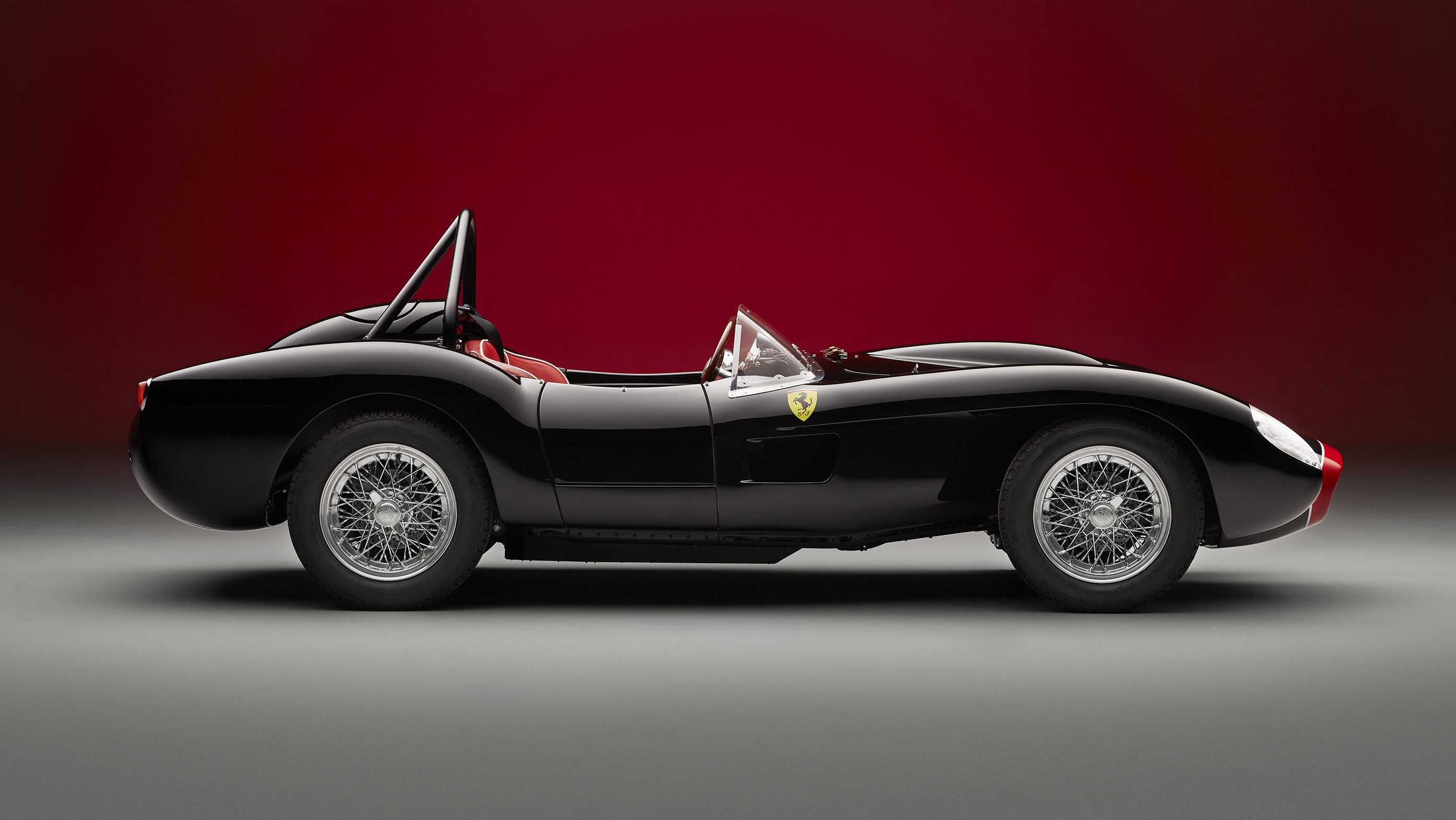
In a fridge at The Little Car Company’s factory at Bicester Heritage in Oxfordshire is a bottle of champagne. The idea is that anyone who drives a mile in one of the company’s bespoke electric classic cars and doesn’t return with a smile on their face wins the bubbles. To date, four years after the company was established, the bottle remains unopened.
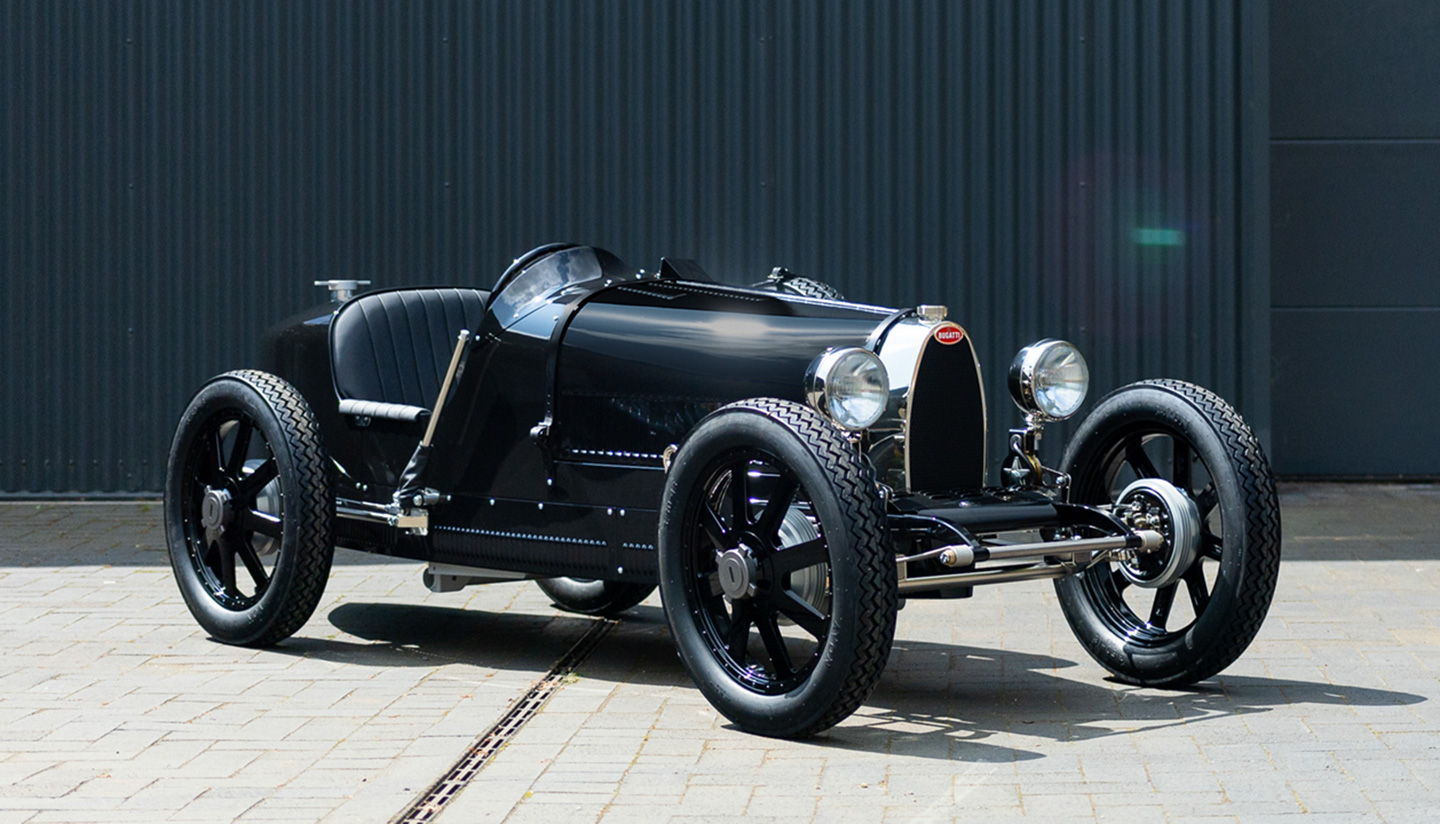
Baby Bugatti II
The Little Car Company (TLCC) is the brainchild of Ben Hedley. Founded by 2019, its first project was the Bugatti Baby II, a meticulous recreation of the famous pre-war single-seat Type 35 Grand Prix car.
Built at 75 per cent scale, with exacting attention to detail, the prototype, Hedley proudly tells, was sent over to Bugatti's HQ at Molsheim in France for approval, where it received a rapturous reception. Hedley originally intended to create a modern update of Ettore Bugatti’s own Bugatti Baby, a driveable 50 per cent scale model built in 1926 for his son Jean that went into limited production for eager customers.
The Little Car Company and its electric dream machines
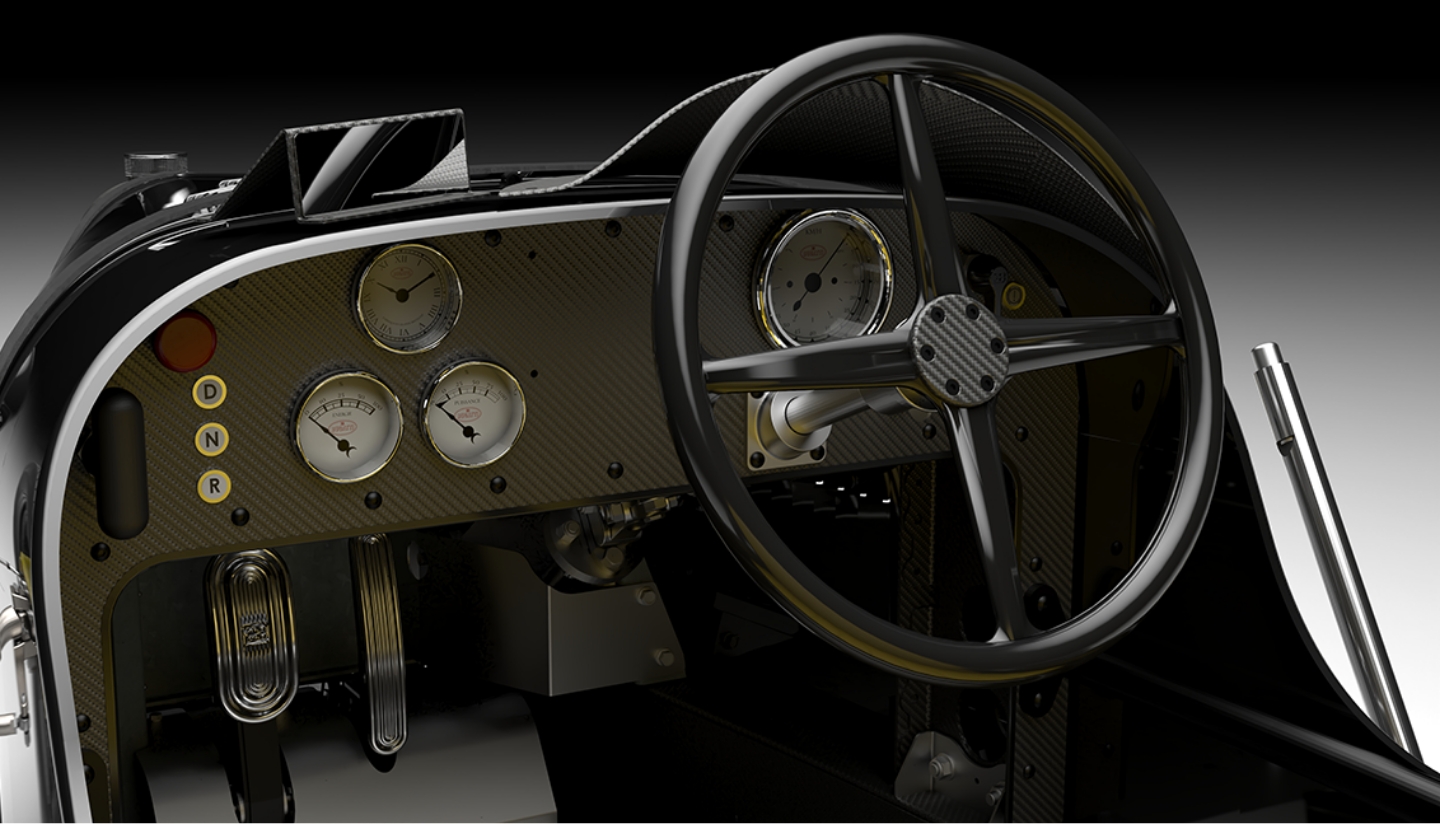
Baby Bugatti II
The original plan had been to create a precise half-scale replica, but Hedley and his team quickly realised that building a ‘junior classic car’ without considering its potential as a grown-up toy would be a missed opportunity. To that end, the Bugatti Baby II was designed from the outset to be as delightful to drive as the original, only this time with electric power at its heart.
‘I’ve come around to electrification in classic cars,’ Hedley admits, pointing out that ‘the originals are just too expensive to drive’. Examples of the Type 35 have reached prices of nearly £4m in recent years, thanks to its combination of provenance, brilliance and the eternally attractive Bugatti name. TLCC’s Baby II is true to Hedley’s assertion that ‘we don’t do replicas, we do reinterpretations’, with elements taken from Bugatti’s production cars, as well as limited editions built for owners of modern machines like the Mistral.
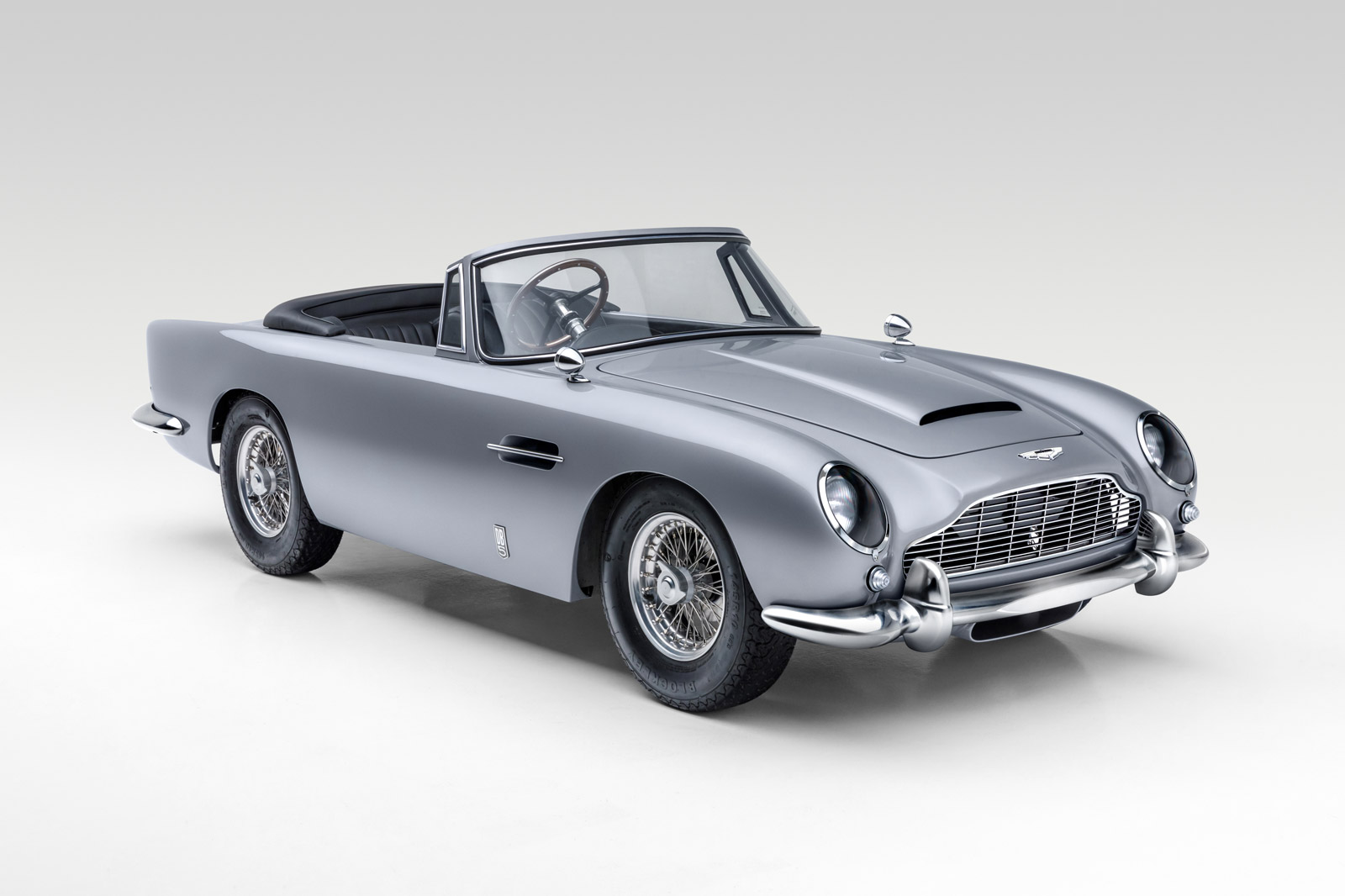
Aston Martin DB5 Junior
‘The brands have realised that they’re educating the next generation of customers,’ Hedley notes, with the second model in TLCC’s portfolio tapping directly into the cerebral cortex of Dinky toy owners who went on to acquire the real thing. The DB5 Junior, officially licensed by Aston Martin, is a very different beast to the stripped-down Bugatti. Plusher and more luxurious, it’s also much more complex, with 1,200 parts versus the Baby II’s 700. The braking system is by Brembo, taken from a Ducati bike, the dampers are by Bilstein, and the car was signed off by Darren Turner, one of Aston Martin’s experienced racing drivers and handling specialists.

Aston Martin DB5 Junior
It’s available in three versions, a ‘basic’ model, a high-performance Vantage model and the ultimate in cinematic collectables, the No Time To Die Edition. The last, which starts at £90,000, incorporates a genuine smoke screen, retractable headlight machine guns (not genuine), a revolving digital number plate and more. ‘I was a massive James Bond fan,’ Hedley admits. ‘It sounded like a brilliant idea, but it was actually next-level complexity.’ Just 125 will be made.
Wallpaper* Newsletter
Receive our daily digest of inspiration, escapism and design stories from around the world direct to your inbox.
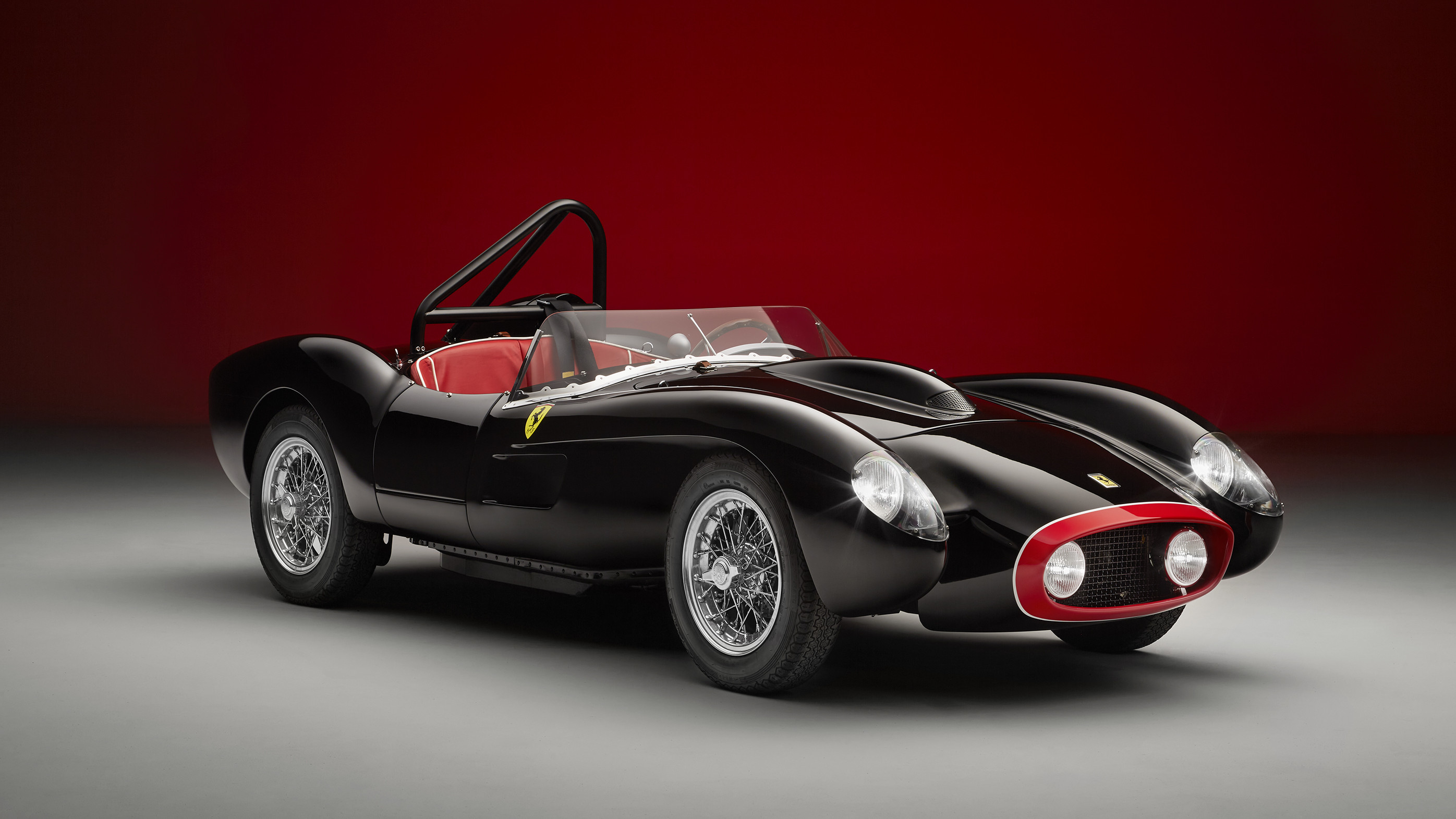
Testa Rossa J Pacco Gare
Finally, there’s the Testa Rossa J, an immaculately beautiful reconstruction of Ferrari’s legendary late 1950s racing car. Various versions of this classic machine were built, but TLCC have chosen the 1958 250 TR model, bodied by Scaglietti with its distinctive ‘pontoon fenders’. Keen competitors can specify the Pacco Gare model, which increases the power, and adds a roll hoop, spotlights and a tonneau cover. Like the DB5 and Baby II, every element is hand-assembled, with many suppliers drawn from the real world of classic car parts – wire wheels from Borrani, steering wheels from Nardi, instruments by Smiths and tyres from Pirelli.
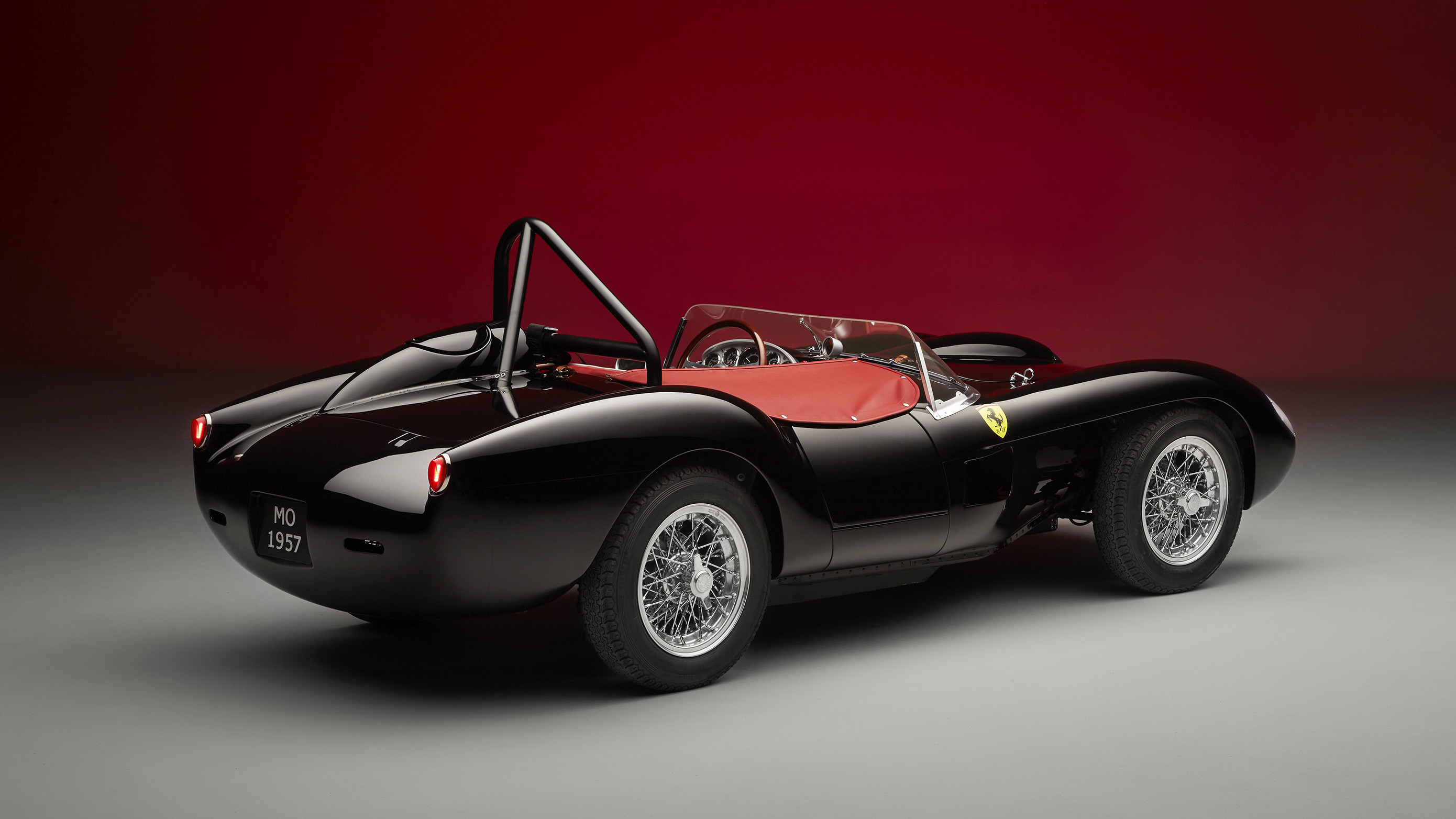
‘Ferrari was the last brand on our radar,’ Hedley recalls. ‘I went to Milan to present three options, but they’d already chosen the Testa Rossa. Yes, they’re tough to work with, but once you’re through the door they’re brilliant.’ With a hand-formed aluminium body over a tubular frame, and genuine Ferrari badges on the nose, it’s about as authentic as it could possibly be.
Remember your racing goggles
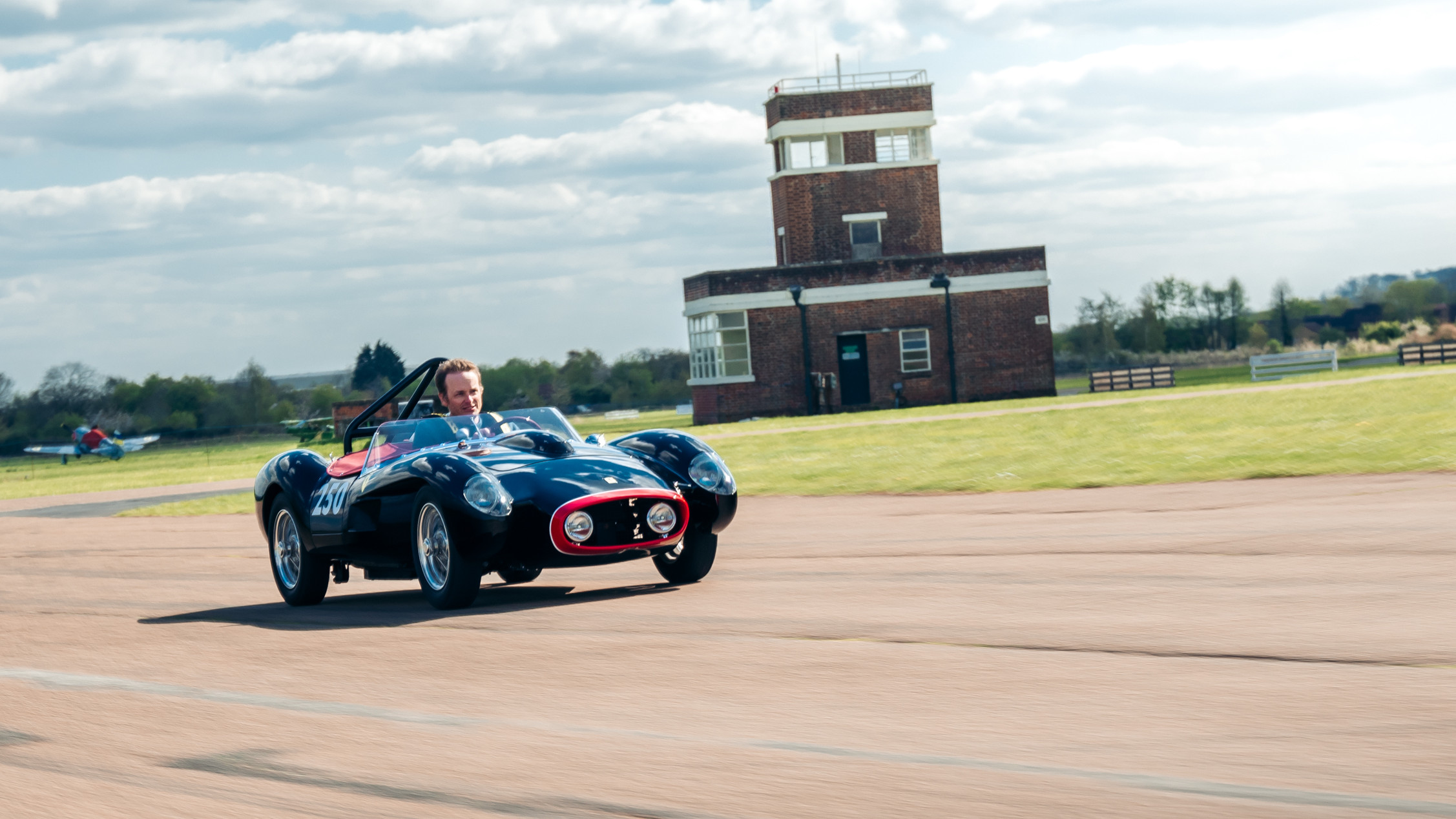
Testa Rossa J Pacco Gare on the track at Bicester
We’re back to that bottle of champagne. Bicester Heritage is set within the grounds of a former RAF base and still has active runways. Handily, the extensive taxiways double up as a compact racetrack, so TLCC has plenty of space to show off what its little cars can do. The combination of scale, light weight and a zippy electric motor brings another crucial element to the package; all of these cars are enormously fun to drive. The Bugatti and Ferrari tip the scales at barely 250kg, with the DB5 slightly heavier at 350kg.
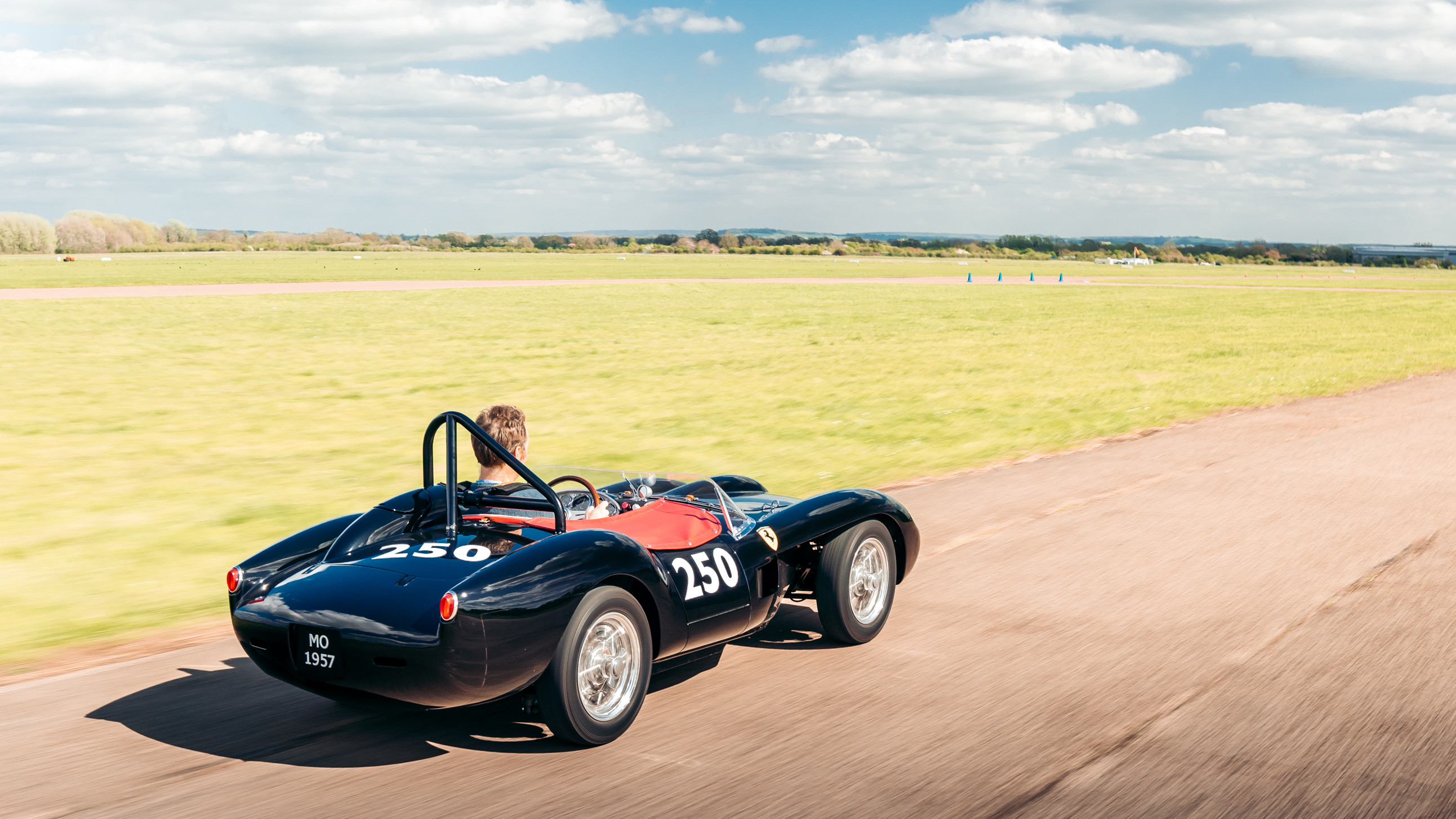
All models follow a similar approach, with an electric motor driven by a modular battery system. Want more power? Add another battery. In the Bugatti you sit low but exposed, sticking out of the upright cockpit like a true vintage racer. The small scale means that both DB5 and Testa Rossa offer a similar go-kart-style experience, albeit it’s slightly harder to squeeze down behind the wheel.

Testa Rossa J Pacco Gare
Once you’re there, the little cars of TLCC can be thrown around Bicester’s wide track with abandon. The power is instant, the steering razor sharp. All three cars can be made to slide satisfying around corners, with the squeal of rubber on tarmac the only sound you’ll hear. The Ferrari is a particularly exhilarating experience, with the Pacco Gare’s extra power helping the sleek little machine scythe through the air – racing goggles would have been a good idea. The champagne stays on ice.
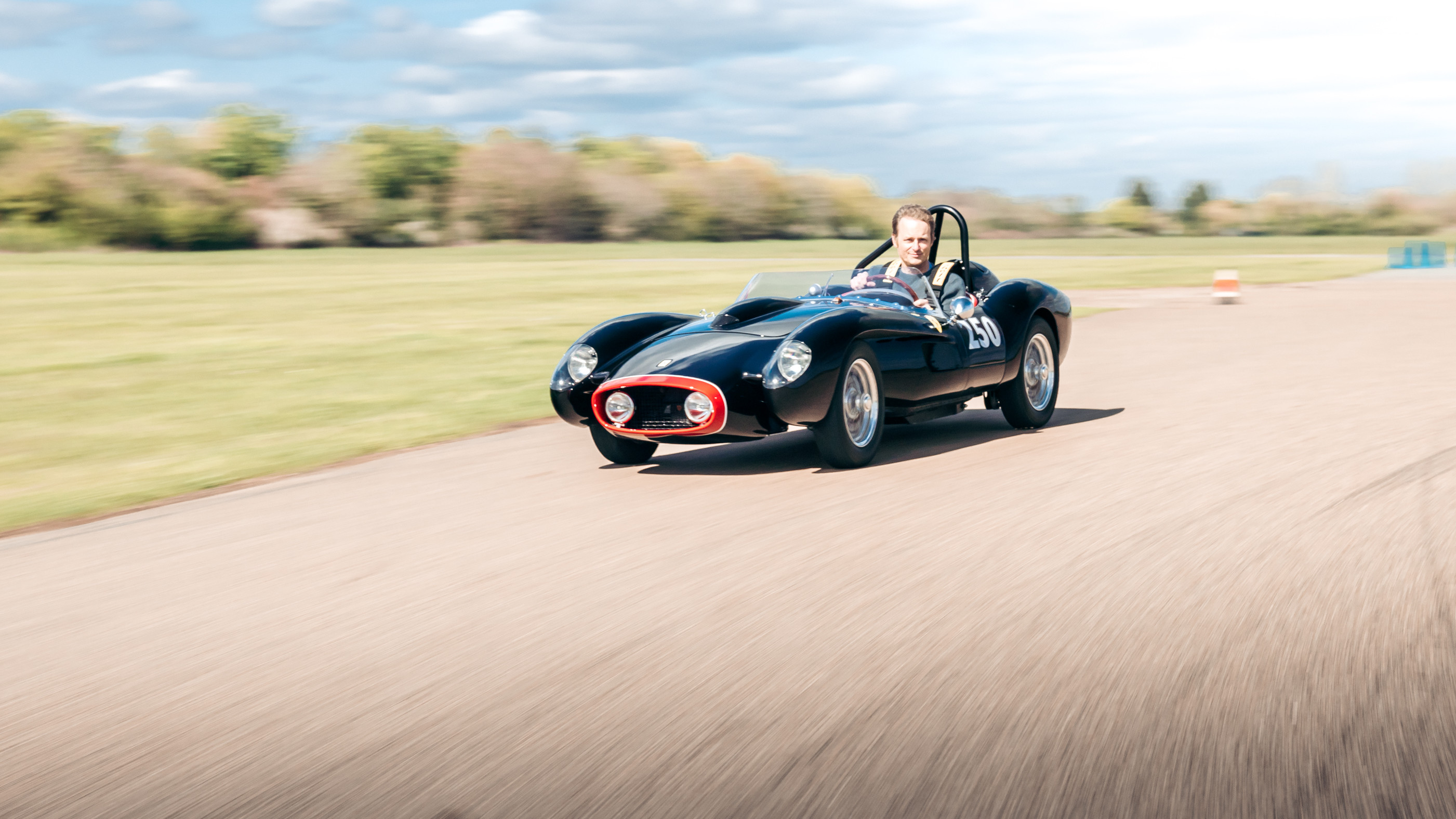
The batteries provide enough juice for around an hour of tearing up the track – and slotting in a new one is a simple trackside operation. Hedley says plans are afoot for an endurance race event with teams of adults and children sharing the driving. About 90 per cent of TLCC’s cars are exported, with an optional bespoke packing crate serving as a storage garage once they’ve arrived. Many buyers already own the real thing and want their little version to exactly match the livery and trim of the original car. The company also offers a ‘flying doctor’ service for repairs and upgrades.
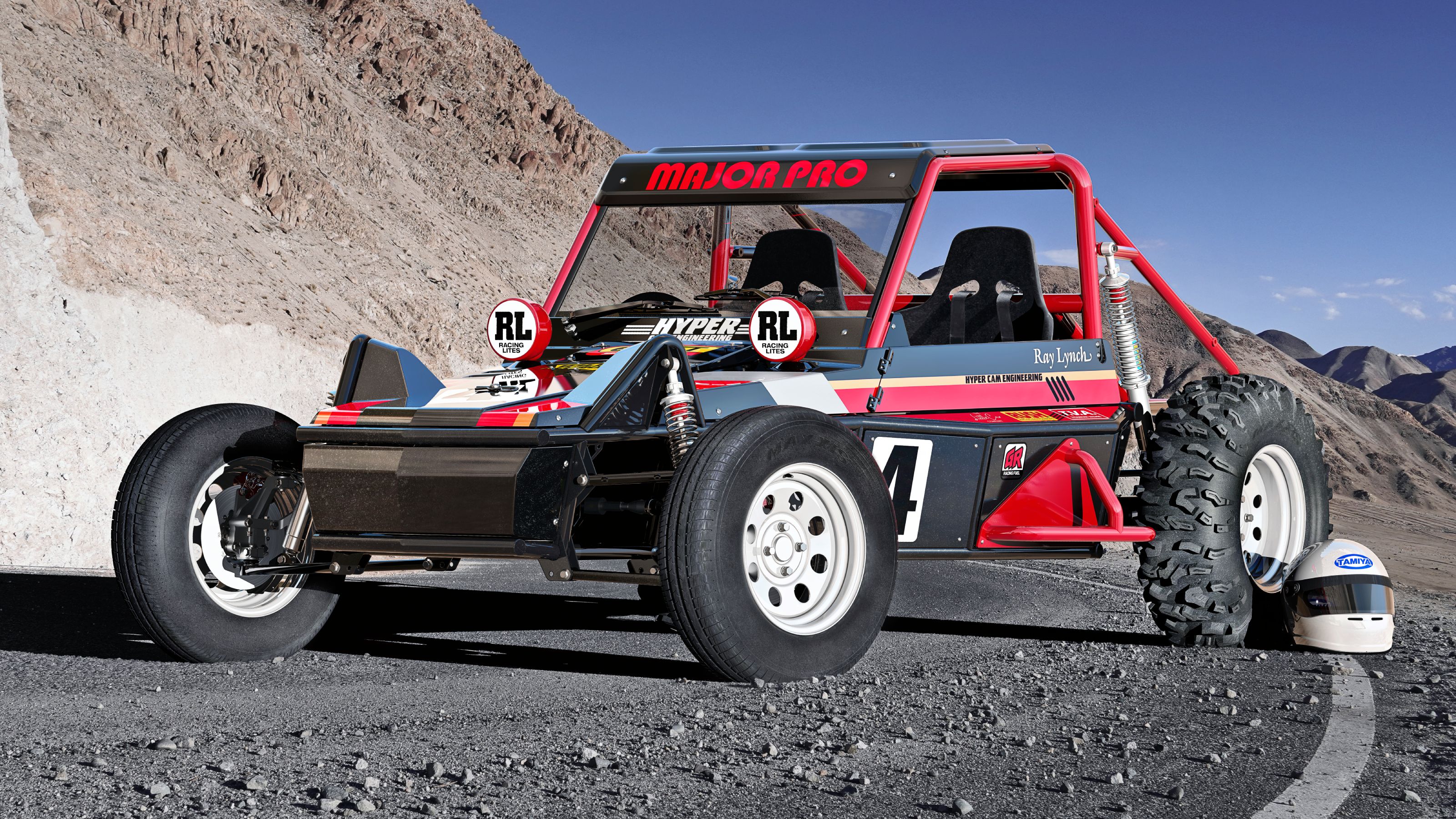
Tamiya Wild One MAX
‘We build our cars to road car standards, but brands have asked us not to make them road legal,’ Hedley says, adding, ‘although clients have.’ TLCC fans might be interested in the company’s next projects. In a crashing tonal change, the other prototype in build (apart from a very secret project for another storied British manufacturer) is TLCC’s Tamiya Wild One MAX, an electric off-road buggy based not on a real car, but on a remote-control car made by the iconic Japanese modelmaker in the 1980s.
As a scaled-up model, the Wild One MAX is effectively ‘life-sized’, even though at 3.5m long it’s shorter than a Fiat 500, than with the added bonus of being road legal. The Wild One MAX has a top speed of around 60mph, as well as massive ground clearance for bashing dunes and an optional windscreen. It would take some grit, but you could certainly commute in this if you tried hard enough. Small electric cars now have a new kind of champion.

Bugatti Baby II, from £31,000, BugattiBaby.com
Aston Martin DB5 Junior, from £39,000, TheLittleCar.Co
Ferrari Testa Rossa J Pacco Gare, price on application, TestaRossaJ.com
Tamiya Wild One MAX, price tbc, WildOneMAX.com
Jonathan Bell has written for Wallpaper* magazine since 1999, covering everything from architecture and transport design to books, tech and graphic design. He is now the magazine’s Transport and Technology Editor. Jonathan has written and edited 15 books, including Concept Car Design, 21st Century House, and The New Modern House. He is also the host of Wallpaper’s first podcast.
-
 Put these emerging artists on your radar
Put these emerging artists on your radarThis crop of six new talents is poised to shake up the art world. Get to know them now
By Tianna Williams
-
 Dining at Pyrá feels like a Mediterranean kiss on both cheeks
Dining at Pyrá feels like a Mediterranean kiss on both cheeksDesigned by House of Dré, this Lonsdale Road addition dishes up an enticing fusion of Greek and Spanish cooking
By Sofia de la Cruz
-
 Creased, crumpled: S/S 2025 menswear is about clothes that have ‘lived a life’
Creased, crumpled: S/S 2025 menswear is about clothes that have ‘lived a life’The S/S 2025 menswear collections see designers embrace the creased and the crumpled, conjuring a mood of laidback languor that ran through the season – captured here by photographer Steve Harnacke and stylist Nicola Neri for Wallpaper*
By Jack Moss
-
 2025 Seoul Mobility Show report: all that's new and notable
2025 Seoul Mobility Show report: all that's new and notableOpened at a time of high national drama, the 2025 Seoul Mobility Show has gone on to underscore Korea’s place at the cutting edge of the auto industry. Guy Bird was there
By Guy Bird
-
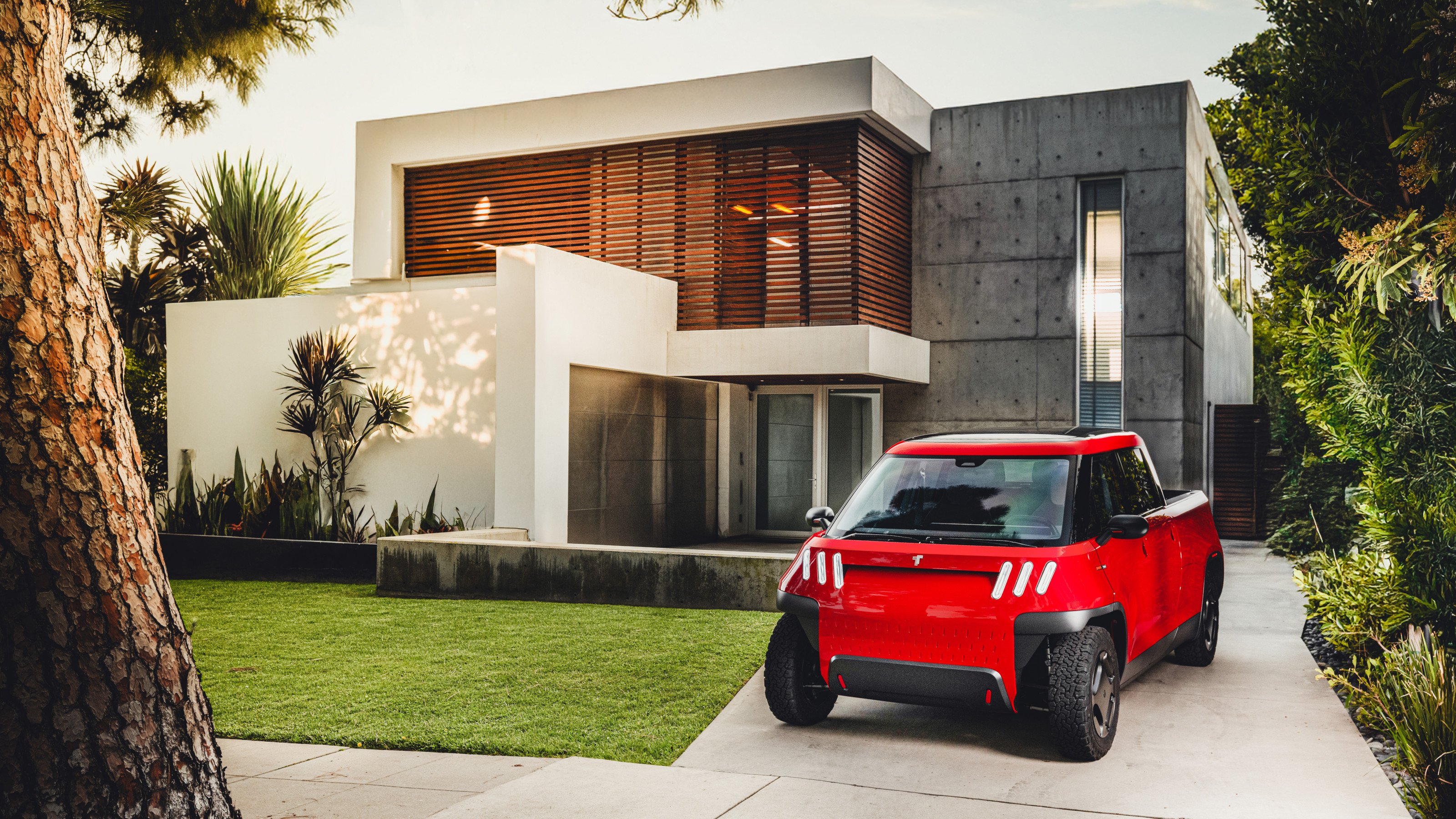 Meet the final drivable prototype of the Telo MT1 pickup truck, shaped by Fuseproject
Meet the final drivable prototype of the Telo MT1 pickup truck, shaped by FuseprojectThe Telo MT1 is a modestly scaled EV that turns the traditional all-American approach to pick-up truck design on its head
By Jonathan Bell
-
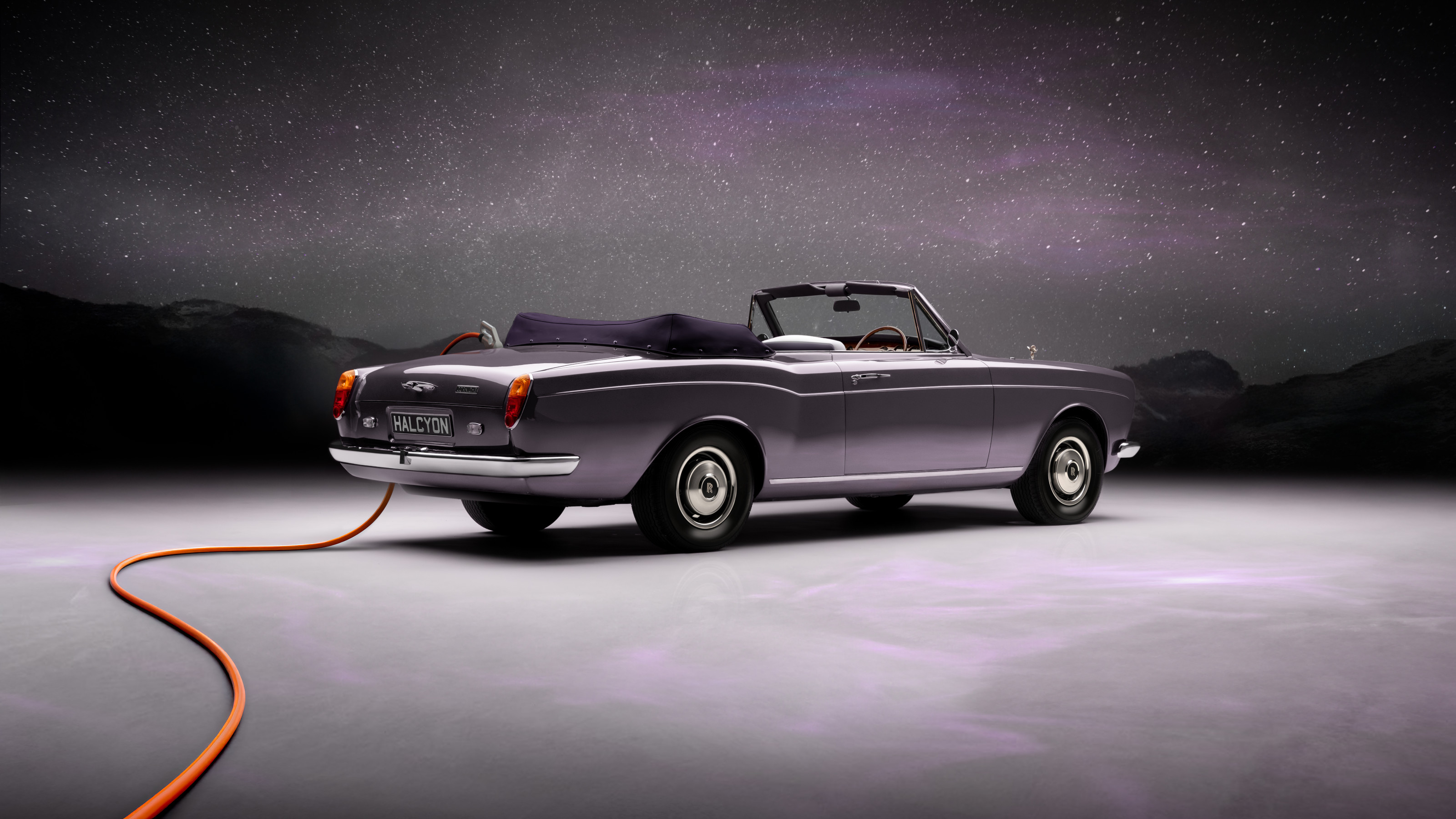 EV start-up Halcyon transforms a classic 1970s Rolls-Royce into a smooth electric operator
EV start-up Halcyon transforms a classic 1970s Rolls-Royce into a smooth electric operatorThis 1978 Rolls-Royce Corniche is the first fruit of a new electric restomod company, the Surrey-based Halcyon
By Jonathan Bell
-
 Ferrari drops the top on its mighty 12Cilindri super coupe to create the elegant Spider
Ferrari drops the top on its mighty 12Cilindri super coupe to create the elegant SpiderWe drive the new Ferrari 12Cilindri Spider, a last and glorious hurrah for the sound of the V12
By Jonathan Bell
-
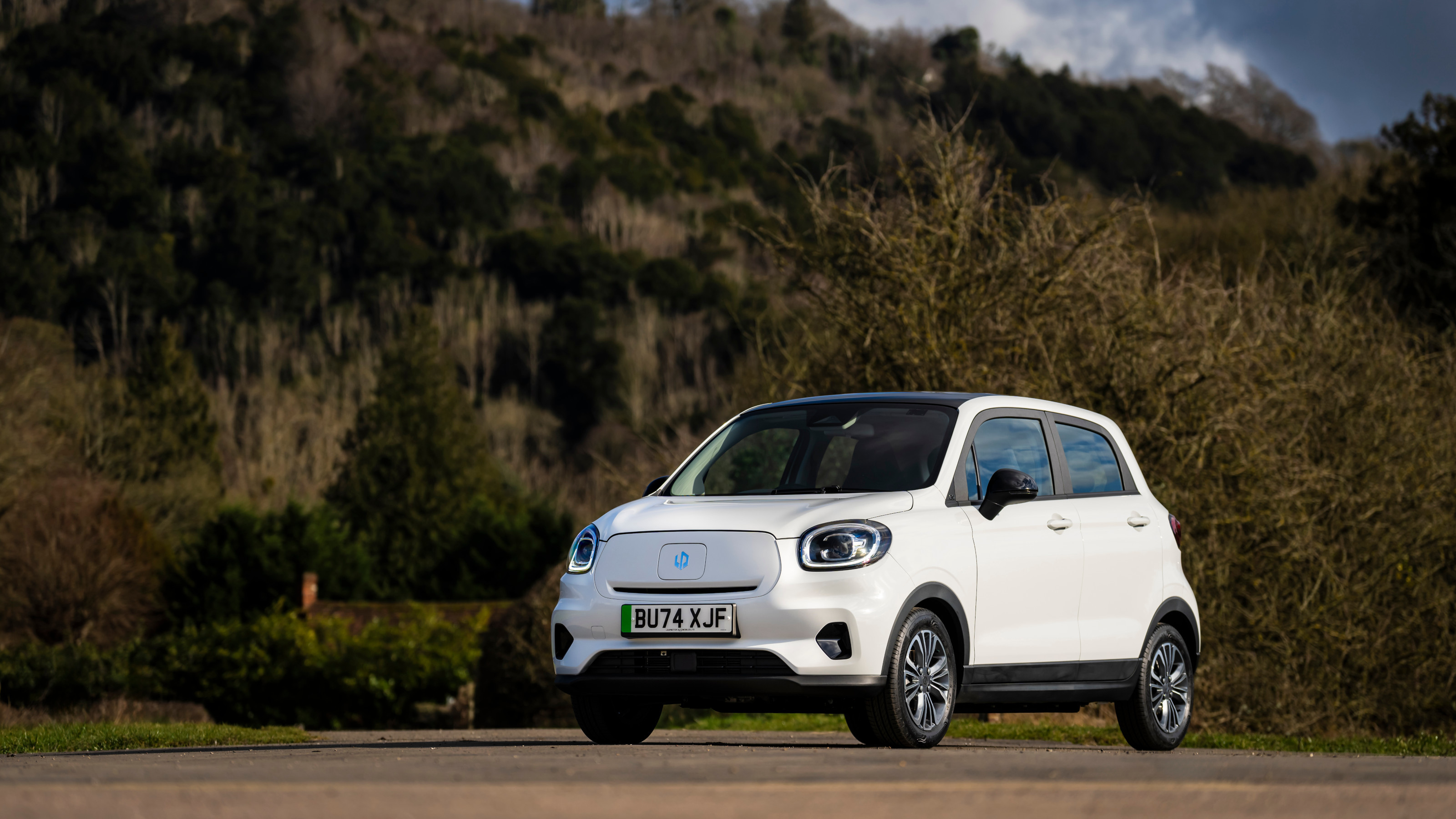 China’s Leapmotor pounces on the European car market with its T03 city car and C10 SUV
China’s Leapmotor pounces on the European car market with its T03 city car and C10 SUVLeapmotor’s tiny electric city car could be just the tonic for cramped urban Europe. We sample the T03 and its new sibling, the fully loaded C10 SUV, to see if the company’s value proposition stacks up
By Jonathan Bell
-
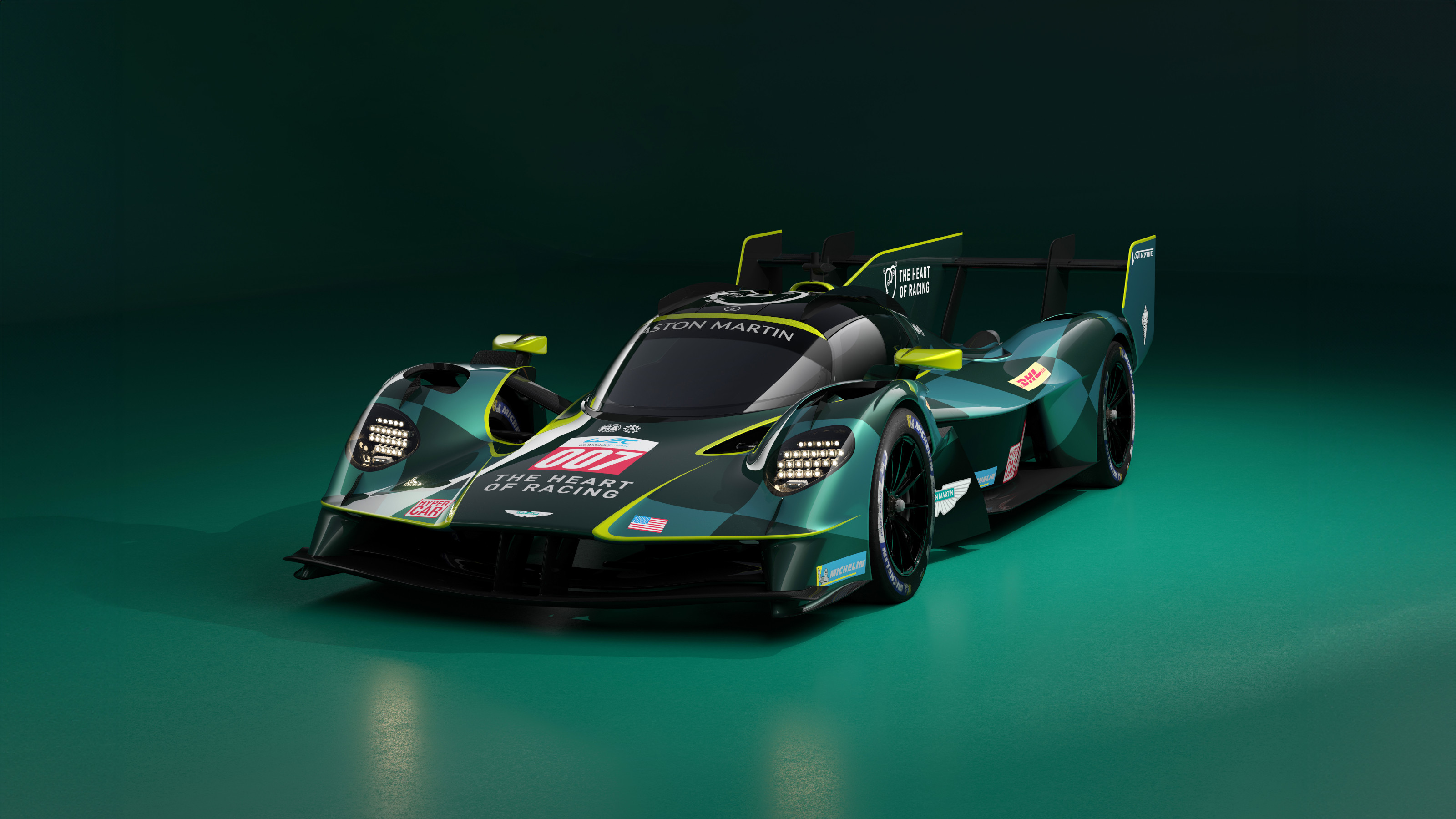 Aston Martin reveals first ever racing variant of its extreme Valkyrie hypercar
Aston Martin reveals first ever racing variant of its extreme Valkyrie hypercarAiming to conquer Le Mans, as well as other endurance races around the world, Aston Martin and The Heart of Racing unveil the track-focused Valkyrie WEC and IMSA challenger
By Jonathan Bell
-
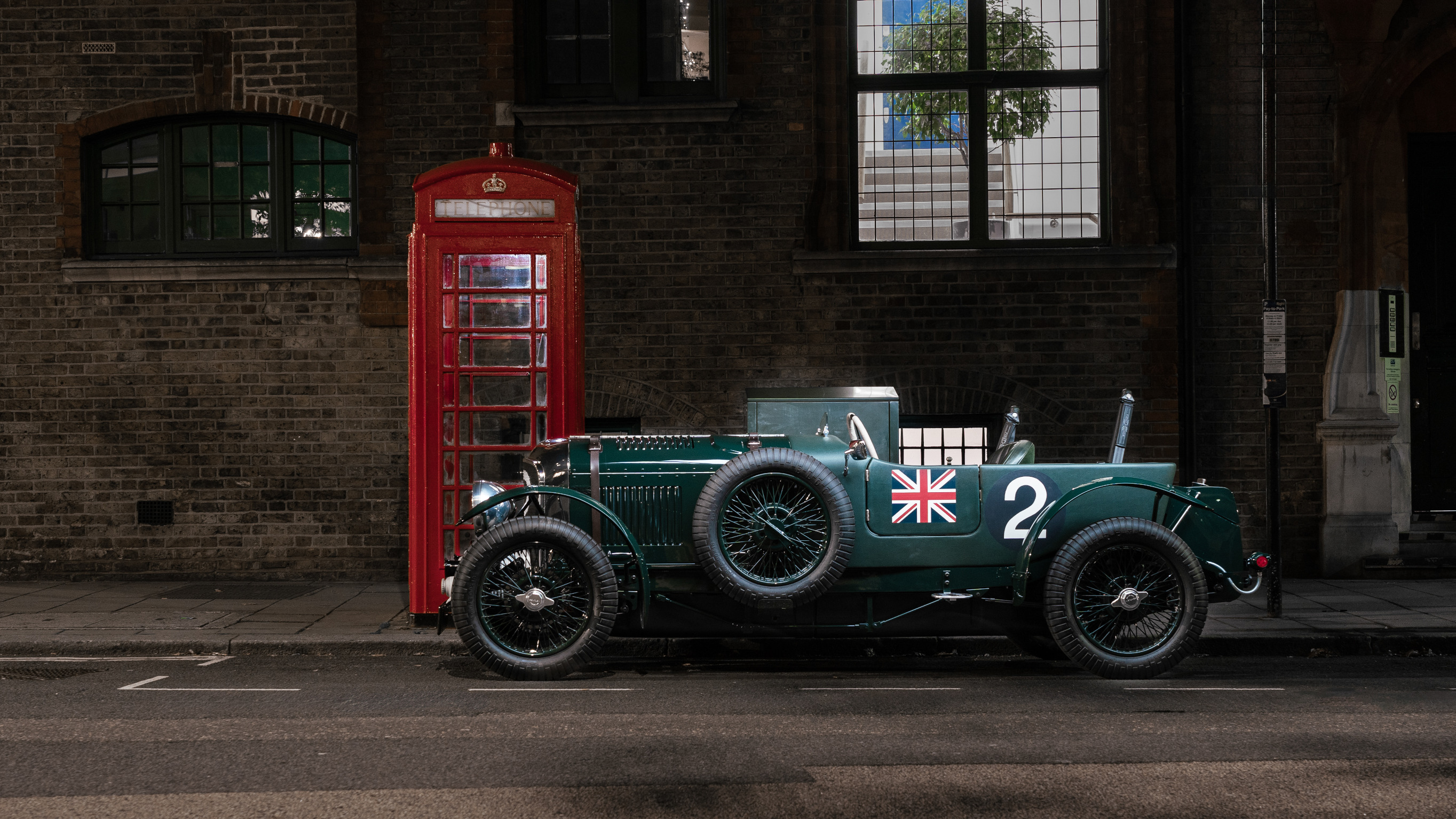 Wallpaper* takes the wheel of the Bentley Blower Jnr for a rich automotive experience
Wallpaper* takes the wheel of the Bentley Blower Jnr for a rich automotive experienceHedley Studios has shrunk the mighty Bentley Blower into this all-electric, road-legal barnstormer. We take it to the streets of London
By Jonathan Bell
-
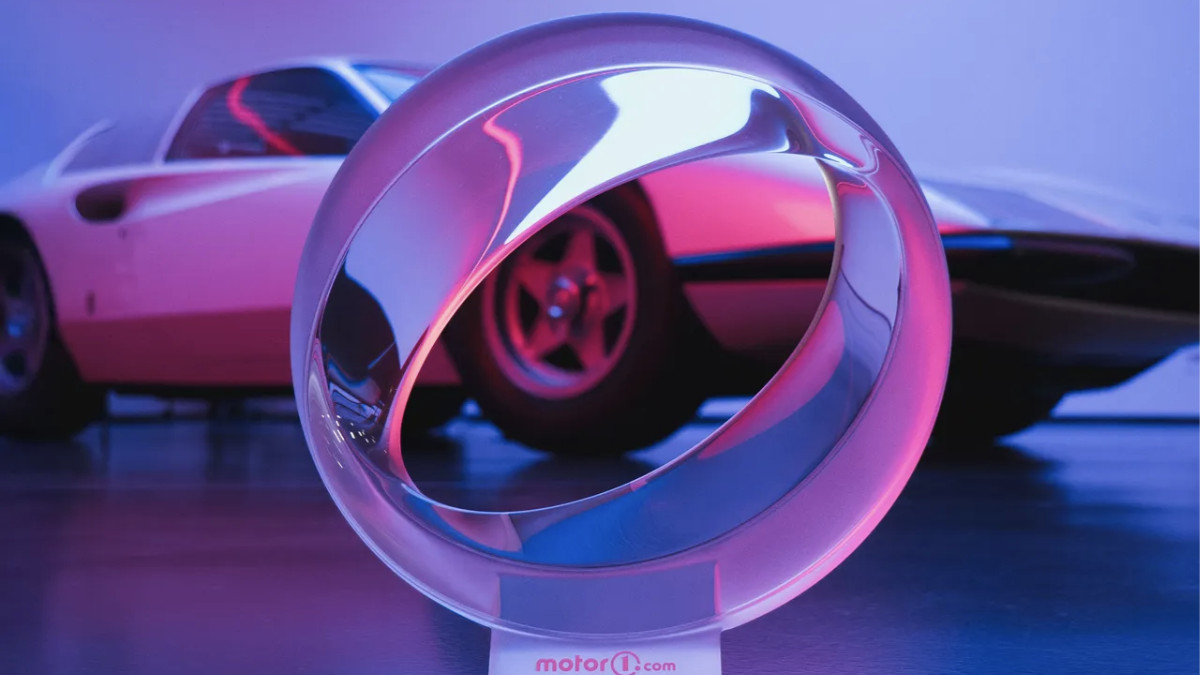 We are the world: Pininfarina’s ‘Orbis’ taps Papal support for an eco-friendly agenda
We are the world: Pininfarina’s ‘Orbis’ taps Papal support for an eco-friendly agendaThe Orbis is a ‘symbolic object’, a gift to Pope Francis from the Italian design agency at a time of political upheaval and social fracture around all aspects of sustainability
By Jonathan Bell